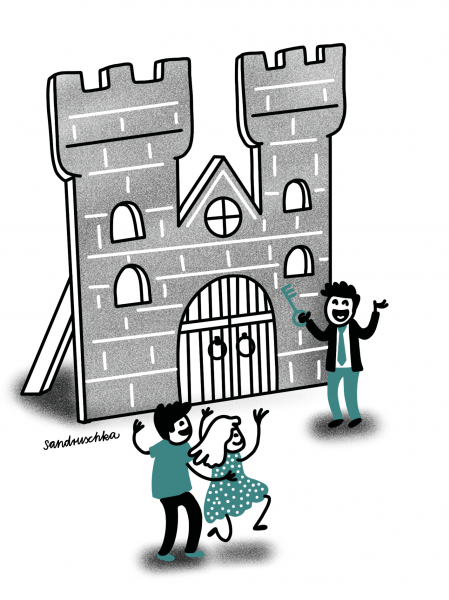42 - Too good to be true

The materials were too good to be true, which led to a great disgrace.
Beginning in 1998, Bell Laboratories staff published a number of notable articles in short sequence on the discovery of new carbon-based materials. However, other scientists from the discipline failed to replicate the results.
Despite the strong interest, it took another 3 years until other researchers noticed that the numbers in the publications were unusual. Some graphics were simply too "beautiful" to represent real world systems. Ironically, a young German scientist by the last name of Schön (English for "beautiful") had co-authored all the dubious publications and had been involved in working on them. An independent committee of experts was set up. Shockingly, it concluded that in at least 16 out of 25 cases the data underlying the publications had never existed at all. Schön's explanations that he deleted the primary data due to a lack of storage space and that used storage media no longer functioned or were thrown away seemed more than doubtful to the committee.
A solid commitment to open data would have revealed the fraud much faster. Ideally, it would have been impossible from the outset. On the institutional level, at least the case had consequences: it led Bell Laboratories to introduce new data retention guidelines, co-author responsibility, and review primary data prior to publication.
Source:
- On Being a Scientist. A Guide to Responsible Conduct in Research: Third Edition (2009), https://doi.org/10.17226/12192
